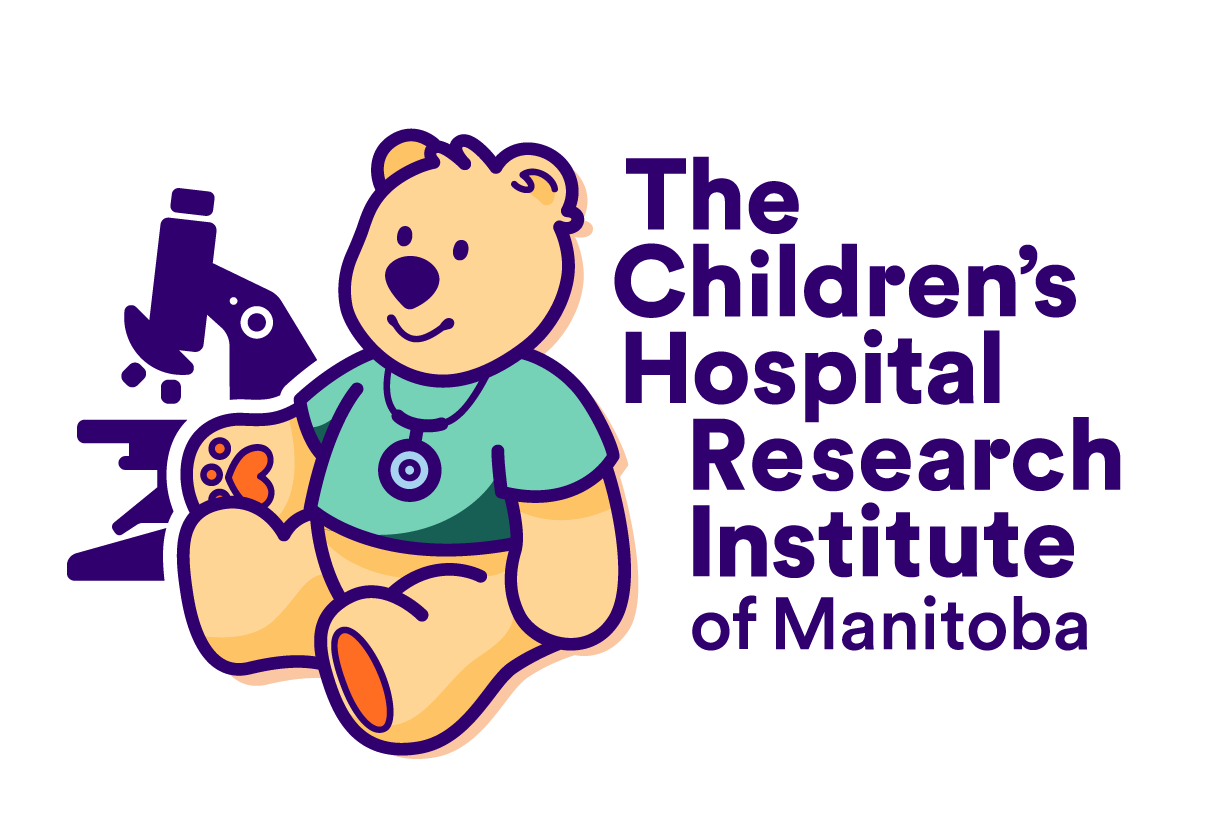A study of more than 1,000 Canadian mothers and infants has shown that exclusive breastfeeding in the first three months of life provides more protection against an infant becoming overweight at one year of age than either partial breastfeeding or formula feeding. The research, published today in JAMA Pediatrics, found a 63 per cent increased risk of becoming overweight among infants who were partially versus exclusively breastfed at three months of age, and a 102 per cent increased risk among exclusively formula-fed infants. According to the researchers, this association is partially explained by the influence breastfeeding has on an infant’s gut microbiome—the community of microorganisms or bacteria that live in the human digestive tract.
“Breastfeeding is one of the most influential factors in shaping the infant gut microbiome,” says co-author Dr. Meghan Azad, Canada Research Chair in Developmental Origins of Chronic Disease at the University of Manitoba, and research scientist at the Children’s Hospital Research Institute of Manitoba (CHRIM). “Our research showed that partial breastfeeding and exclusive formula feeding were associated with a higher microbial diversity at three months of age, meaning more types of microbes were present in the baby’s gut, as well as an abundance of a group of bacteria called Lachnospiracae, which has been associated with infant overweight,” explains co-author Dr. Anita Kozyrskyj, a professor in the Department of Pediatrics at the University of Alberta.
The study included 1,087 infants and their mothers who are participating in AllerGen’s CHILD Study—a national birth cohort study collecting a wide range of health, lifestyle and environmental exposure information from nearly 3,500 families and children from pregnancy to school age. Families enrolled in the CHILD Study provided information about their babies’ breastfeeding status and diet at three, six and 12 months of age. DNA sequencing techniques performed in the laboratories of co-author Dr. James Scott, a professor of Occupational & Environmental Health at the Dalla Lana School of Public Health, and Dr. David Guttman at the University of Toronto provided information on the types and quantity of bacteria present in the infants’ digestive tracts.
“This is one of the largest infant microbiome studies in the world, identifying over 900 types of bacteria from 2.6 million DNA sequences generated from more than 1,000 infants,” says Scott, who is co-Director of the Synergy in Microbiota Research (SyMBIOTA) research platform with Kozyrskyj. “Our research is unique in that we also distinguished between partial breastfeeding mixed with formula versus partial breastfeeding mixed with foods,” adds co-author Dr. Jessica Forbes, a postdoctoral researcher at the University of Manitoba. “We found that breastfed infants supplemented with formula were at increased risk for becoming overweight at one year of age, and had a different microbiota composition than exclusively breastfed infants; whereas breastfed infants supplemented with complementary foods only (no formula) were similar to exclusively breastfed infants with no increased risk.”
The study is also the first to evaluate the potential association of a brief use of infant formula (during the hospital stay only) with the infant microbiota and the risk of becoming overweight.
The findings revealed subtle yet significant microbiota differences at three to four months of age after use of formula only during the hospital stay after birth. However, these differences were not associated with overweight at one year of age, and the clinical implications of these changes need to be studied further, according to the researchers.
“Together, these results emphasize the importance of breastfeeding as a possible protective factor against infant overweight by modifying the gut microbiome,” adds Dr. Azad. “They suggest that improved programs and policies to support exclusive breastfeeding could have a meaningful impact on infant health.”
About the CHILD Study: Launched in 2008 by AllerGen NCE and CIHR, the CHILD Study is tracking nearly 3,500 Canadian families and their infants over early childhood to help determine the root causes of chronic diseases, such as asthma, allergies and obesity, among other conditions. With its National Coordinating Centre based at St. Joseph’s Healthcare Hamilton, the CHILD Study relies upon the world-recognized expertise in birth cohorts, and in allergy and asthma treatment, care and training, of McMaster University and its Faculty of Health Sciences, together with their affiliated teaching hospitals, Hamilton Health Sciences and St. Joseph’s Healthcare. The CHILD Study spans four provinces, involving over 140 multidisciplinary researchers, students and research staff. Watch the CHILD Study videos. About the Dalla Lana School of Public Health: The Dalla Lana School of Public Health is a Faculty of the University of Toronto that originated as one of the Schools of Hygiene begun by the Rockefeller Foundation in 1927. The School went through a dramatic renaissance after the 2003 SARS crisis and it is now the largest public health school in Canada, with more than 850 faculty, 1,000 students, and research and training partnerships with institutions throughout Toronto and the world. With $35.9 million in research funding per year, the School supports discovery in global health, tobacco impacts on health, occupational disease and disability, air pollution, inner city and Indigenous health, among many other areas. For more information, visit the website.
